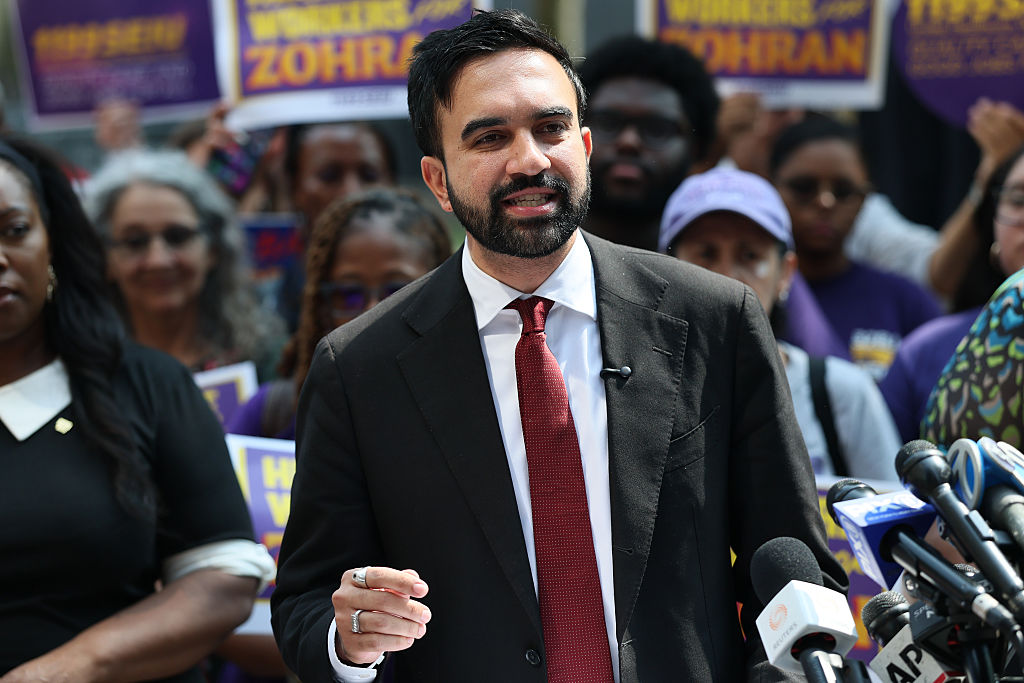- Interview by
- Daniel Denvir
Zohran Mamdani’s historic victory in the New York City Democratic mayoral primary makes it clear that New York City’s chapter of Democratic Socialists of America (NYC DSA) is the most dynamic and powerful left-wing organization in the country. Since winning their first state legislative race with Julia Salazar in 2018, NYC DSA has methodically built out an electoral juggernaut, winning multiple state house, state senate, and city council races. Now, with an incredible communications operation and a massive volunteer army, they’ve won the Democratic primary for mayor.
The Democratic establishment still wants to pretend that somehow they could generate this kind of mass enthusiasm themselves. But that is not going to happen for a centrist political program. The Left has the opportunity to become the real opposition party, to lead the fight against the rising authoritarianism of the Donald Trump administration. To govern, though, the Left needs many Zohrans. Figuring out how to do that, studying NYC DSA’s achievements and considering what can and can’t be replicated elsewhere is key.
For the Jacobin podcast The Dig, Daniel Denvir interviewed Gustavo Gordillo and Grace Mausser, cochairs of NYC DSA and key architects of the chapter’s electoral program and of Mamdani’s victory. Gordillo is a union electrician and started the campaign to pass the Build Public Renewables Act. Mausser is cochair of New York City DSA and has been a member of DSA since 2018, working on dozens of democratic socialist campaigns in New York, building canvassing operations in broad left coalitions, and raising millions of dollars from grassroots donors.
